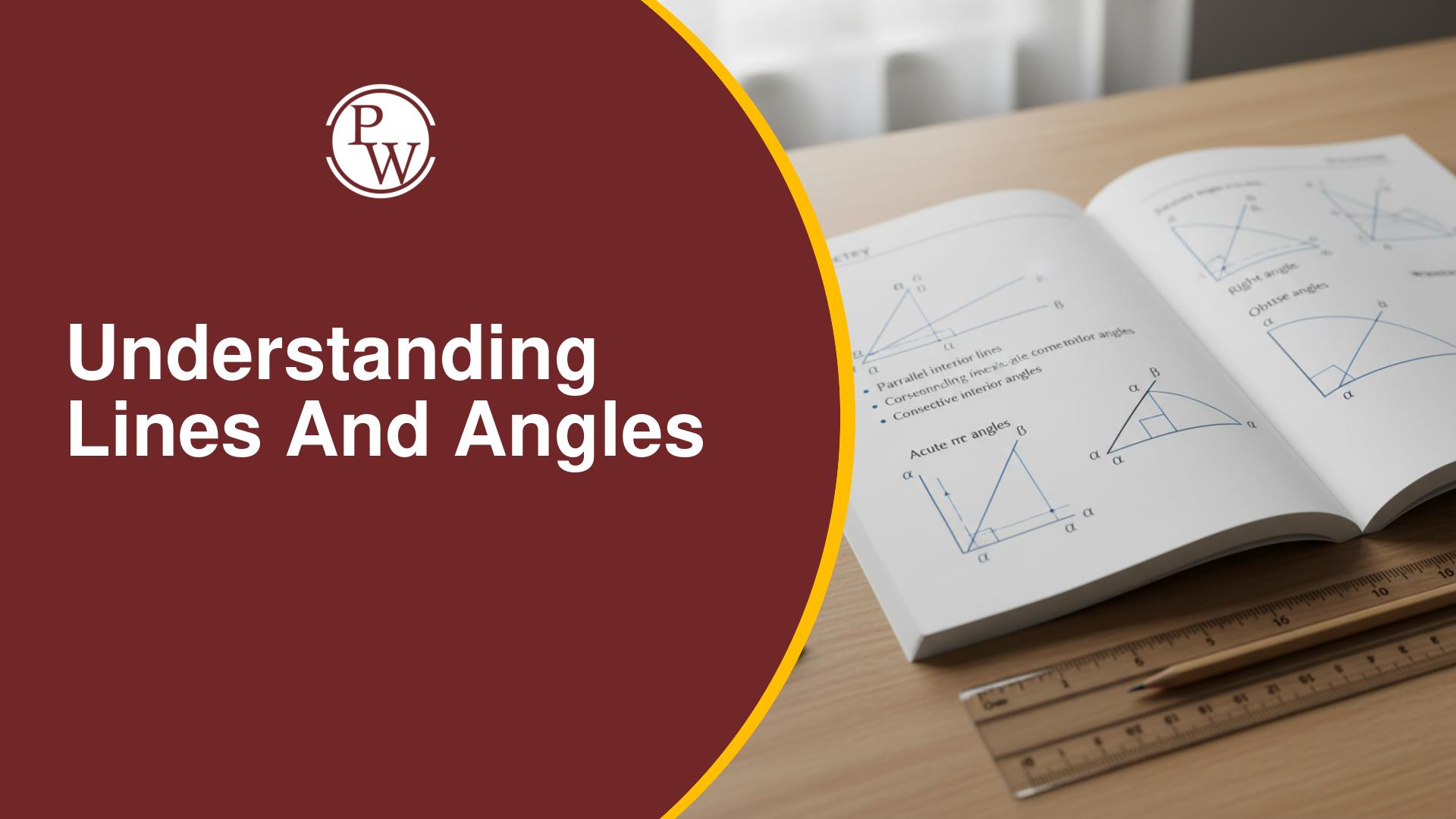
Sound , a fundamental and ubiquitous aspect of our lives, is a complex phenomenon that connects us to the world around us. From the gentle rustling of leaves in a breeze to the powerful roar of a waterfall, sound waves are constantly interacting with our senses, influencing our emotions, communication, and even technological advancements. In this exploration of the science of sound, we will delve into its nature, properties, and applications, uncovering the intricacies that shape our auditory experiences.
The Nature of Sound: Vibrations in the Air
At its core, sound is a result of vibrations that propagate through a medium, typically air, although it can also travel through liquids and solids. These vibrations set off a chain reaction of particle movements, creating regions of compression and rarefaction within the medium. This rhythmic pattern of compression and rarefaction is what we perceive as sound.
Key Characteristics of Sound: Frequency, Wavelength, and Amplitude
Also Read - Force And Laws Of Motion Formula
Several key characteristics define the nature of a sound wave:
- Frequency (f): The frequency of a sound wave is the number of oscillations it completes in one second. This is often associated with the pitch of the sound, with higher frequencies corresponding to higher pitches.
- Wavelength (λ): The wavelength is the distance between two consecutive points in a sound wave that are in phase. It's inversely related to frequency: higher frequency waves have shorter wavelengths.
- Amplitude (A): The amplitude of a sound wave represents the maximum displacement of particles from their resting position as the wave passes through. It's closely linked to the perceived loudness of the sound.
Sound Propagation: Waves in Motion
As sound waves travel through a medium, they exhibit behaviors such as reflection, refraction, and diffraction, much like other types of waves. These behaviors influence how we hear sounds in different environments, from the echoes in empty rooms to the way sound carries across a crowded street.
Measuring Sound: Intensity and Decibels
The energy carried by a sound wave is measured by its intensity, which is the amount of energy passing through a unit area per unit time. Decibels, a logarithmic scale, are used to express the relative intensity of sounds. The decibel scale helps us quantify the vast range of audible intensities, from the softest whisper to the booming thunder.
Applications of Sound: From Music to Medicine
The principles of sound extend far beyond our perception. In music, sound waves create melodies and harmonies that evoke emotions. In medicine, ultrasound imaging uses sound waves to peer into the human body's inner workings. Engineers use acoustics to design concert halls that deliver exceptional auditory experiences and create noise-canceling technologies that transform the way we travel.
Sound is more than just vibrations in the air; it's a gateway to understanding the intricate relationships between physics, biology, engineering, and art. As we journey through the realm of sound, we'll uncover its hidden secrets, marvel at its applications, and gain a deeper appreciation for the symphony that surrounds us. So let's embark on this exploration, unraveling the harmonious threads that connect us to the world of audible wonders.
- Basics of Sound:
Sound is a form of energy that travels through a medium as waves of pressure variations. It's typically generated by vibrating sources and detected by our ears or instruments.
- Characteristics of Sound:
- Frequency (f): The number of oscillations or cycles a sound wave completes in a second. Measured in Hertz (Hz).
- Wavelength (λ): The distance between two consecutive points in a sound wave that are in phase (e.g., two peaks or two troughs).
- Amplitude (A): The maximum displacement of particles from their equilibrium position as the sound wave passes.
- Wave Equation:
The wave equation describes the relationship between the speed of sound (v), frequency (f), and wavelength (λ) of a sound wave:
v = f λ
- Intensity (I):
Intensity represents the amount of sound energy passing through a unit area per unit time. It's measured in watts per square meter (W/m²). The formula for intensity is:
I= P/ A
Where:
- I is the intensity of the sound wave.
- P is the power of the sound source.
- A is the area through which the sound is spreading.
- Decibels (dB):
Decibels are used to measure the relative intensity of sounds. The formula to calculate the intensity level (L) in decibels is:
L=10lo g 10 I/ I o
Where:
- L is the intensity level in decibels.
- I is the intensity of the sound wave.
- I₀ is the reference intensity (usually the threshold of hearing, which is 1e-12 W/m²).
- Doppler Effect:
The Doppler Effect describes the change in frequency and wavelength of a sound wave as the source or observer is in motion relative to each other. The formulas for observed frequency (f') and wavelength (λ') are:
f'=f (v+ v o )/ (v+ v s )
λ'= (v+ v s )/ (v+ v o )
Where:
- f' is the observed frequency.
- λ' is the observed wavelength.
- f is the source frequency.
- λ is the source wavelength.
- v is the speed of sound.
- vo is the observer's velocity relative to the medium.
- vs is the source's velocity relative to the medium.
These are just a few of the key concepts and formulas related to sound. If you have specific areas you'd like to explore further, please let me know!
Also Read - Gravitational Acceleration Formula
Propagation of Sound
Sound propagates through a medium as waves of pressure variations. The medium can be air, water, or any substance that can transmit mechanical vibrations. The process of sound propagation involves the transfer of energy from a sound source to the surrounding particles in the medium. Here's how sound propagates step by step:
- Vibration Source: Sound propagation begins with a vibrating source. This could be anything that can oscillate, such as a vibrating guitar string, a speaker diaphragm, or vocal cords.
- Creation of Compression and Rarefaction: The vibrating source pushes and pulls on the particles of the medium it's in. This creates alternating areas of compression (high-pressure regions) and rarefaction (low-pressure regions) in the medium.
- Transmission of Waves: The compressions and rarefactions form a wave pattern that propagates outward from the source. These waves consist of changes in pressure, and they move away from the source in all directions.
- Particle Interaction: As the sound wave travels through the medium, it causes neighboring particles to interact. When a compression passes through, particles are pushed closer together, increasing pressure. When a rarefaction passes through, particles move farther apart, reducing pressure.
- Wave Propagation: The particles in the medium do not move with the wave itself; rather, they vibrate in place. The energy of the wave is transferred from particle to particle through this vibration, causing each particle to transmit the energy to the next particle.
- Speed of Sound: The speed at which sound travels depends on the properties of the medium. In air at room temperature, sound travels at approximately 343 meters per second (about 1235 kilometers per hour or 767 miles per hour). The speed is faster in denser mediums like water and even faster in solids.
- Reflection, Refraction, and Diffraction: As sound waves encounter boundaries, obstacles, or changes in the medium's properties, they can exhibit behaviors like reflection (bouncing off surfaces), refraction (changing direction due to a change in medium), and diffraction (bending around obstacles or through openings).
- Detection by the Ear or Instruments: When sound waves reach our ears, they cause our eardrums to vibrate. These vibrations are then transmitted as signals to our brain, where we perceive them as sound. Instruments like microphones and receivers can also detect these vibrations and convert them into electrical signals.
Sound propagates through the interaction of particles in a medium. The initial vibration sets off a chain reaction of compressions and rarefactions that travel as waves, transferring energy from one particle to the next. This phenomenon allows us to hear the sounds produced by vibrating sources around us.
Also Read - Light Formula
Applications of Sound :
Certainly! The principles of sound and acoustics have a wide range of applications in various fields. Here are some notable applications:
- Music and Entertainment:
- Musical Instruments: Understanding sound wave behavior helps in designing and optimizing musical instruments for desired tones and harmonics.
- Audio Production: Acoustics plays a crucial role in recording studios and concert halls to achieve high-quality sound reproduction.
- Sound Engineering: Professionals use acoustics to design sound systems, optimize sound distribution, and control noise levels in entertainment venues.
- Communication:
- Telecommunications: Sound principles underlie technologies like telephones, VoIP, and video conferencing, enabling long-distance communication.
- Public Address Systems: Acoustics is vital for designing clear and effective public address systems in spaces like airports, train stations, and stadiums.
- Medical Imaging and Diagnosis:
- Ultrasound Imaging: Sound waves are used to create images of internal body structures, aiding in diagnostics, monitoring pregnancies, and more.
- Sonograms: Sonar techniques use sound waves to visualize underwater environments and map ocean floors.
- Architectural Acoustics:
- Building Design: Acoustic engineering is used to optimize room designs, reduce echoes, and control noise in buildings, theaters, auditoriums, and other spaces.
- Soundproofing: Acoustics is crucial in designing spaces to minimize sound leakage and create soundproof environments.
- Automotive Industry:
- Noise Control: Acoustic engineering helps reduce noise levels in vehicles, enhancing comfort for passengers.
- Active Noise Cancellation: Advanced systems use sound waves to cancel out unwanted noise, providing a quieter driving experience.
- Environmental Studies:
- Noise Pollution: Understanding sound propagation and its effects helps manage noise pollution in urban areas, factories, and transportation networks.
- Animal Behavior: Acoustic studies are used to understand animal communication and behavior in their natural habitats.
- Sonar and Underwater Acoustics:
- Navigation: Sonar technology uses sound waves to navigate underwater, map ocean floors, and detect underwater objects or obstacles.
- Marine Life Studies: Acoustic techniques are used to study marine animals, including their migration patterns and behaviors.
- Industrial Applications:
- Quality Control: Acoustic testing is used to assess the quality of materials by analyzing their sound properties.
- Ultrasonic Cleaning: High-frequency sound waves are employed for cleaning delicate objects and industrial components.
- Security and Surveillance:
- Intruder Detection: Acoustic sensors can detect specific sounds, such as breaking glass or footsteps, for security purposes.
- Research and Education:
- Acoustics Research: The study of sound waves helps advance scientific understanding in areas like fluid dynamics, material properties, and more.
- Acoustics Education: Acoustic principles are taught in schools and universities, contributing to the education of physicists, engineers, and musicians.
These are just a few examples of the many applications of sound and acoustics in various fields. The understanding of sound's behavior and the manipulation of sound waves have led to numerous technological advancements and innovations.
Sound Formula FAQs
What is sound?
How does sound travel?
What are the main characteristics of a sound wave?
How is sound measured?
What is the relationship between pitch and frequency?
How is the loudness of a sound determined?
What are decibels (dB)?
How do sound waves interact with their environment?
What is the Doppler Effect?
What are some real-world applications of sound?
How is sound used in technology and industry?










